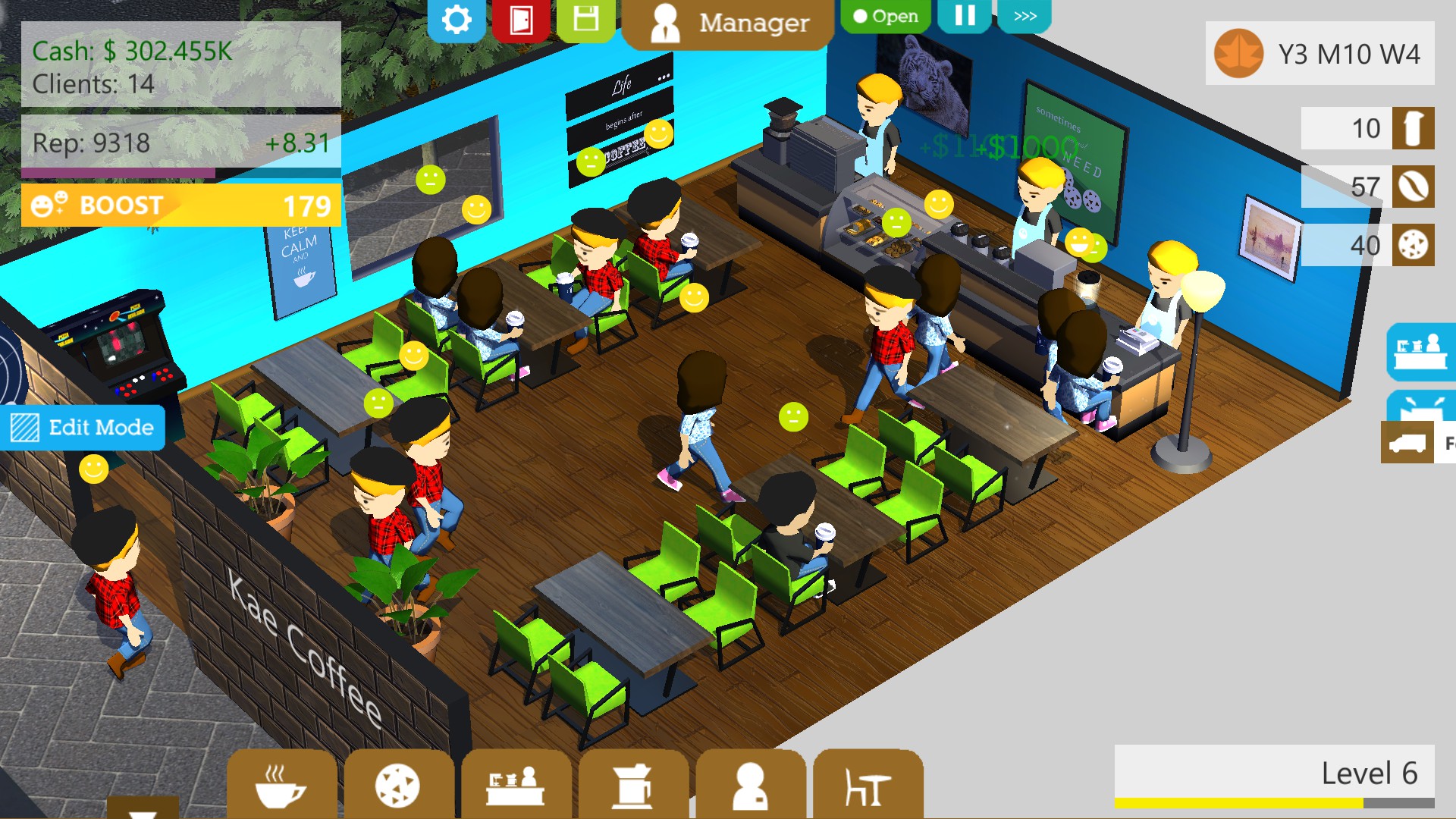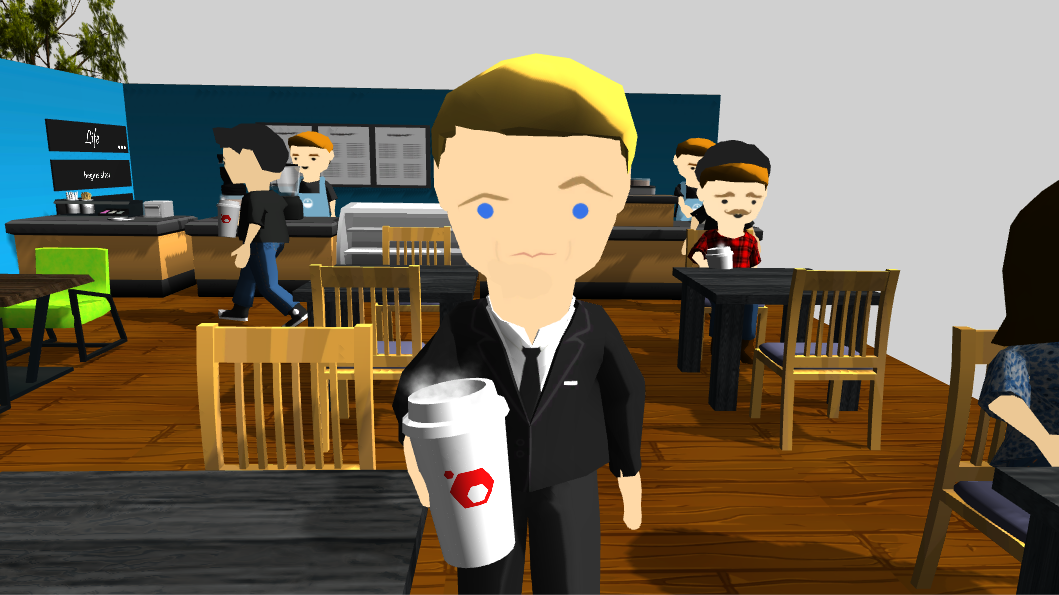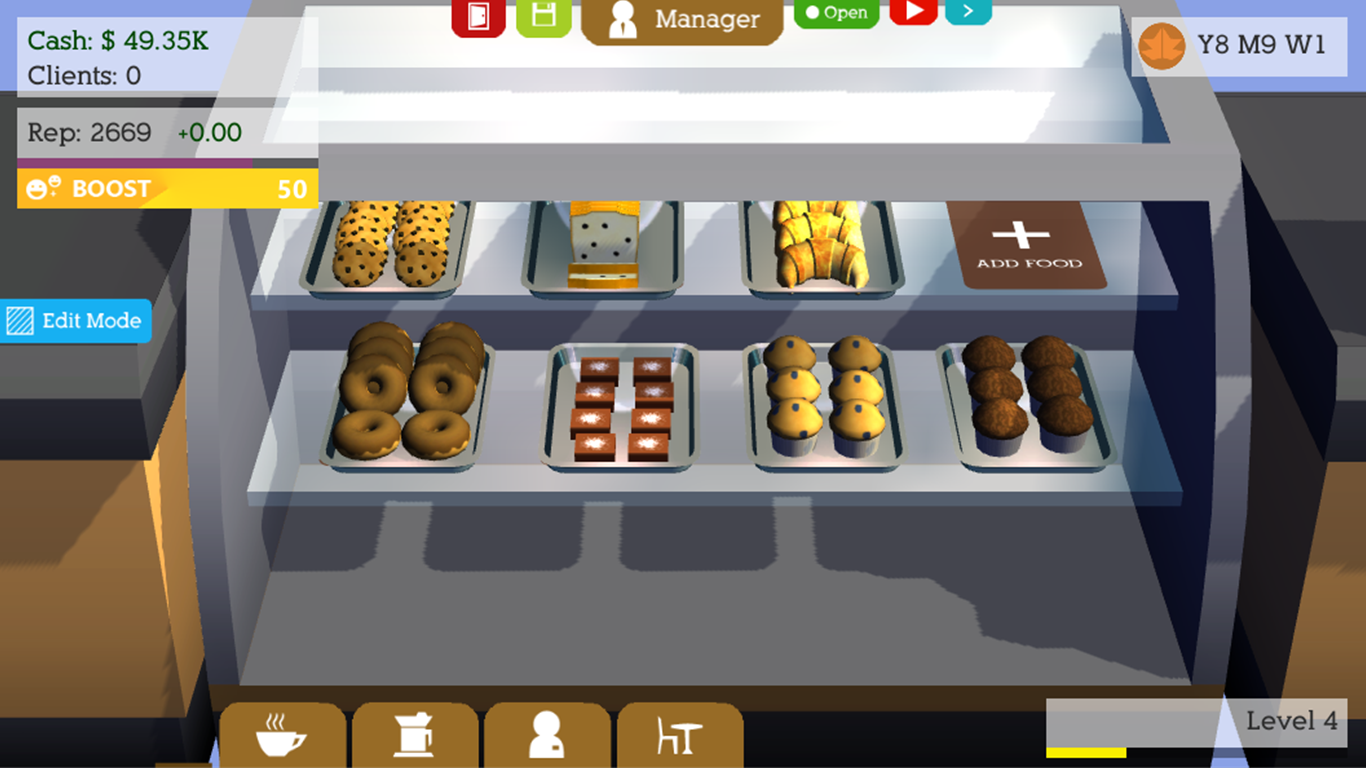


#Coffee shop tycoon quarks full
In the LHC's normal proton-proton collisions, very little of the plasma - which appeared immediately after the Big Bang 13.7 billion years ago and was all there was in its first vital milliseconds - is produced.Ĭonsequently, particles that shoot off from those high-energy collisions provide little or no clue to the full make-up of the bubbling plasma soup of liquid quarks and gluons - among the tiniest objects in nature.īut a fraction of the billions of those explosions produce particle tracks like those that came in the wake of the Big Bang - after the plasma cooled - which can be analysed by other CERN experiments for any hint of the 'New Physics' phenomena.

We are very excited about the results.'Įnd of the line? One of the magnets that make up the Large Hadron Collider being moved into place during its construction But now it's like colliding apples and oranges.

'Whether we've been smashing hydrogen protons or lead protons together, it's been like hitting oranges with oranges. It showed that it can, and it worked like a charm. Johannes Wessels, an ALICE scientist, said: ' It was really a pilot run to see if the LHC can produce these asymmetric collision systems. Until now, in the search for the Higgs and the 'New Physics' that encompasses concepts like super-symmetry, dark matter, extra dimensions and parallel worlds, CERN has smashed only identical particles together at close to the speed of light.ĬERN's ALICE experiment, one of six grouped around its underground Large Hadron Collider (LHC), has been analysing particles that emerged from the overnight smashing together of tiny hydrogen-derived protons and much larger lead nuclei. Inside the Hadron Collider: Now that the Higgs Boson has been discovered, CERN is looking to the future of particle experimentation


 0 kommentar(er)
0 kommentar(er)
